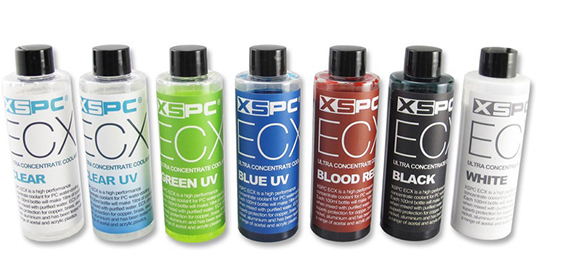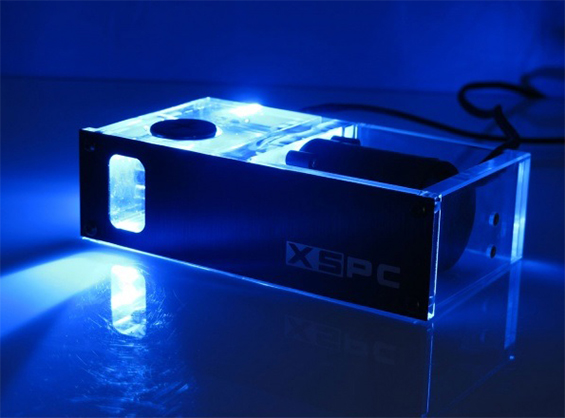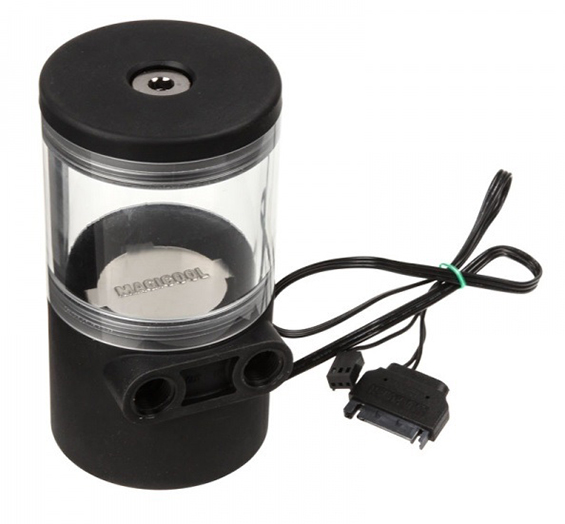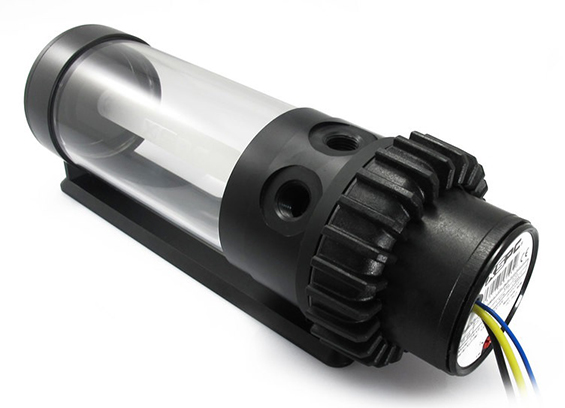Introduction
At UK Gaming Computers, we like to delve into the serious world of water cooling, however we understand that the picture isn’t always clear, what’s better for whom, what’s the difference between this and that, the list goes on. We’ve gone into water cooling previously in another of our articles, Closed vs. open water cooling loops and while that article touches on the subject, this article takes a more in depth look at flow rates in water cooling pumps and how they affect water cooling system performance.

The 3 pumps

The idea is to simply take a selection of watercooling pumps, plumb them into the same watercooling loop cooling the same system under the same conditions and record the temperatures. The lower the temperature, the better.
|
Pump |
XSPC Single 420 Bayres |
Magicool MC-DCP450 |
XSPC Photon Laing D5 |
|
Flow Rate |
7 Litres per minute |
7.5 Litres per minute |
20 Litres per minute |
The 3 pumps we’ll be comparing are XSPC Single 420 Bayres, Magicool MC-DCP450 and XSPC Photon Laing D5 Pump. As you can see from the table above, the XSPC bayres and Magicool pumps flow very similar amounts of coolant, we’re expecting the results here not to vary too much, the result we’re looking for is the comparison from the XSPC bayres and Magicool pumps to the XSPC Photon Laing D5, with the photon flowing nearly 3x the amount of coolant per minute, it will be interesting to see if it improves performance at all or not.
Comparison test
We’ve set up a testing station so we can compare results of the 3 pumps, we’ve set it up in an open plan so it doesn’t have a case, the CPU is a 5820K, a 240ml radiator with an XSPC CPU water block, 32GB of Corsair DDR4 2400MHz Quad channel RAM, Asus X99-A Motherboard, a Corsair RM750 PSU, a Samsung 850 EVO 250GB SSD, Nvidia GTX 980 4GB and Windows 10 Home, we’ve over clocked this rig to 4.7GHz at 1.35 volts giving it a fairly big boost.
The cooling loop comprises of a XSPC EX240 dual Corsair 31-000403fan radiator, XSPC Raza CPU Waterblock and 90cm of 12/16mm green XPSC UV Tubing and simple distilled water. The pump for each test varies.
Each test was carried out by running Aida 64 for 15 minutes and then recording the CPU temperature in HW Monitor.

Results
|
Pump |
XSPC Single 420 Bayres |
Magicool MC-DCP450 |
XSPC Photon Laing D5 |
|
Temperature |
74°c |
73°c |
67°c |
Time to dig our teeth in, the difference between the XSPC bayres and the Magicool pumps are as expected, barely any difference, with .5lpm being the difference and this being a small loop, we didn’t really expect much, the main difference comes from the XSPC Photon, with this chucking out quite a hefty 20lpm, we expected there to be at least a bit of difference. To put it in light, A 2ltr bottle of your favorite soft drink will take just 6 seconds to fill using a Laing D5 pump.

A flow rate of 0.5L, the differnce between a XSPC 420 bayres pump and a Magicool MC-DCP450, effects the load temperature of 1°C, wilst a small amount is a worthy mention. The striking result here is a pump with a flow rate of 20L per minuite compared with one that flows 7L a minute brings the CPU temperayure down by a healthy 7°C. That is 7°C differnce by changing just the pump and nothing else.
Conclusion
From our results, it is clear that a higher flowing pump does indeed improve performance of a water cooling loop. Many custom loop builders place faith in the radiator in being the best route to get those temperatures down and often overlook the effect of a pump. Whilst the radiator is the primary way to get those temperatures down we managed to drop CPU load temperatures from 74°C down to 67°C justby changing the pump.
Even 0.5Lpm made a notable difference to CPU load temperatures, granted it is only 1°C but it does further affirm that the flow rate of a water cooling pump does indeed make a difference to a water cooled system.

